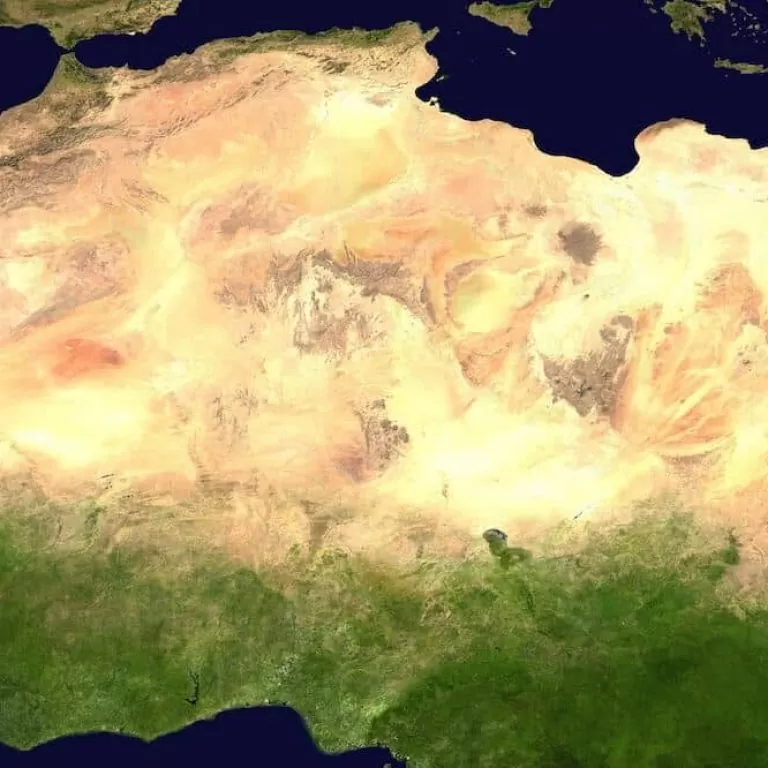
News Google’s Earth Engine – tracking global changes using time-lapse
The ‘Earth Engine’ is a prime example of how time-lapse is being applied to help us better understand the environmental changes brought to bear on our planet.
A Google project of extreme scale, it provides satellite imagery and other observational data for analysis.
The platform, not to be confused with ‘Google Earth’, is responsible for making this data easily available to researchers, as well as the public.
Earth Engine is a catalogue of satellite images of our planet, dating back to 1984, under the banner of the Landsat programme. Developed by NASA, a series of satellites perpetually orbited Earth tracking how the human species altered the surface of the planet over time.
Tracking change over time
Google has created a global time-lapse image of such changes, allowing users to view landscape changes in any location on Earth using the ‘Engine’ platform.
The search, pan, and zoom functions allow thorough exploration of this imagery, combining five million individual satellite images retrieved over the past three decades by five different satellites.
33 cloud-free annual mosaics are made interactive via these zoomable and pannable tools – that’s one for each year from 1984 to 2016. The Timelapse Tour Editor also allows movement from one destination to another.
It is this timeframe that makes it different to Google Earth. The two tools do appear to look the same but the ability to view images in articulation with a timeline is what makes this project so significant.
As the above example demonstrates, these mosaics are easy to embed and share on multiple online platforms, making this important data as accessible to everyone as it is pertinent to everyone.
The ‘cloud-computing model’ – enabling on-demand and efficient access to a shared pool of resources – makes it easy for data to be shown and shared in this way.
Incredible detail
You can click and drag to anywhere in the world or use the slider at the bottom of the frame to isolate certain parts of the globe. This ability to view changes in different scales is testament to the incredible detail of these images.
The visual quality of these ‘time-lapse mosaics’ were the product of much labour at post-production.
HD imagery uses 2 million pixels per frame, but in contrast, the Landsat system uses 1.8 trillion pixels per frame, the equivalent of 900,000 HD TVs assembled as one. Despite this insane quality, effort was needed to tidy up these, sometimes rough-looking visual sequences.
Time was spent stitching images together to make the larger mosaics, adding pixels where needed, and scrub away cloud cover to reveal the dynamism of the planet.
Data findings
TIME have provided an incredibly detailed report about these findings, covering aspects such as climate change, uses of extreme resources, urbanisation, and more.
Here, the technique of time-lapse has not only allowed for a “vast sweep of geography and time but also…staggering detail.”
As with time-lapse generally, long-term changes can be presented succinctly in a compact sequence of only a few seconds in length, without compromising on detail.
TIME’s channel of YouTube videos highlights several time-lapse sequences covering significant changes to various parts of the globe, including Australia, Brazil, Nevada, Germany, and Antarctica.
In line with their overall approach to news coverage, this method of presentation aids the publication’s influence on shaping our understanding of the world in which we live.
Presented in this way, the results are mapped clearly and are therefore easy to digest regardless of who is viewing them: scientists, researchers, or journalists. The pros to this monitoring technology are numerous and substantial.
But as Jeffrey Kluger notes for TIME: “It’s an undeniable achievement that we can keep such a close, sharp eye on our world. It will be even more to our credit, however, if that ability leads us to care more for the world too.”